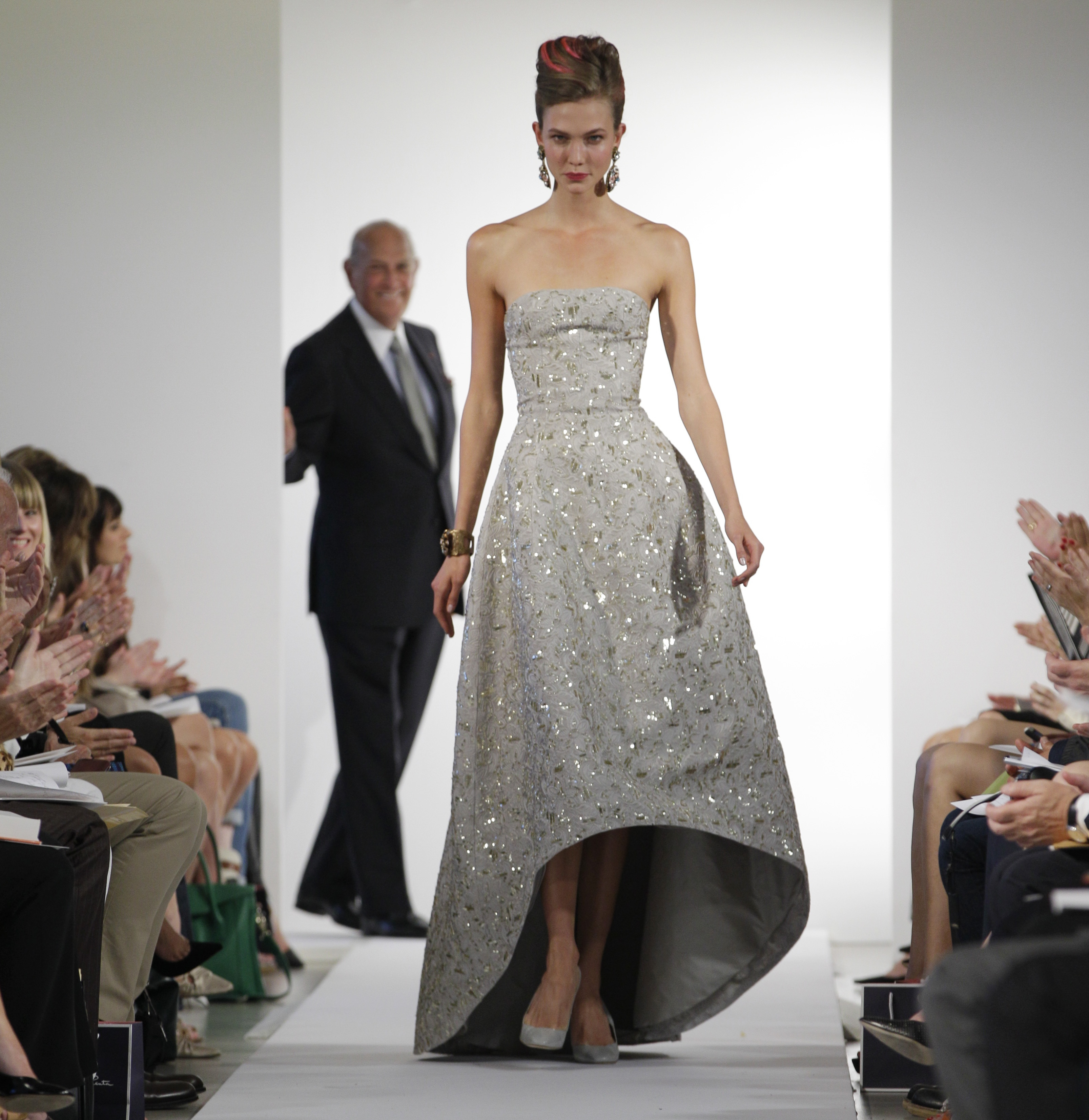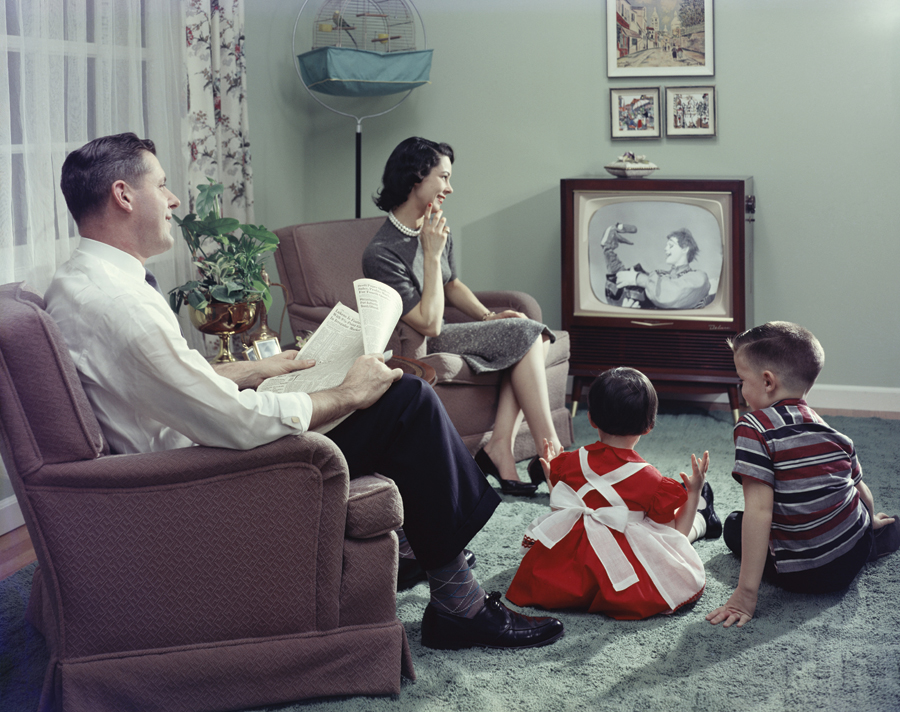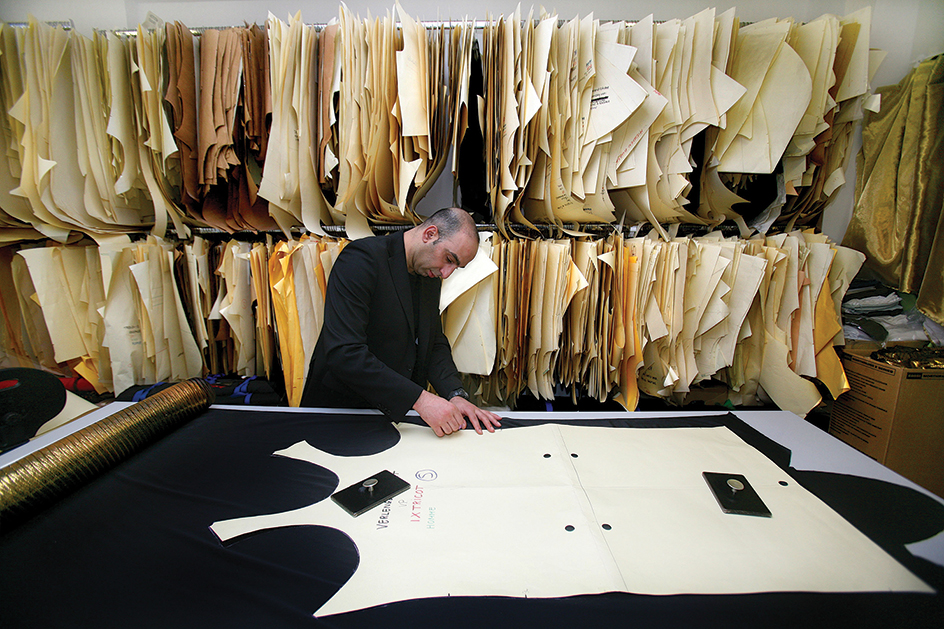Fashion, in its broadest sense, is a particular style that is popular for a short time and then replaced by another. Fashions may last just a few months or several years. We speak of fashions in automobiles, furniture, or interior design, as well as in music, literature, and art. But most commonly, fashion refers to a style of clothing that is worn at a given time but is expected to change. Often, fashions in several areas are linked, giving rise to a period style. During the 1920’s, for example, clothing, interiors, and architecture all featured straight, simple lines and bold colors. They also reflected a fascination with modern technology, such as the automobile and electric power. This period style is called Art Deco.

Although fashion usually refers to dress, it does not mean the same thing as clothing. People have worn clothing since prehistoric times, but people have only been concerned with fashion since the Middle Ages (about the A.D. 400’s through the 1400’s). Before then, people wore clothes that reflected the long-standing customs of their communities, and clothing styles changed extremely slowly.
Fashion, however, causes styles to change rapidly for a variety of historical, psychological, and sociological reasons. A clothing style may be introduced as a fashion, but the style becomes a custom if it is handed down from generation to generation. A fashion that quickly comes and goes is called a fad. See Custom .
The origins of fashion.
Fashion develops in areas where people compete with one another for social status. Scholars believe that fashions began to appear in northern Europe and Italy when a system of social classes developed in the late Middle Ages. At this time, the people of Europe began to classify one another into groups based on such factors as wealth, ancestry, and occupation. The clothes people wore helped identify them as members of a particular social class. Before, only wealthy and powerful individuals concerned themselves with the style of their clothes. As the class system developed, more people began to compete for positions within society. Fashion was one means by which people competed with one another.
Regional differences became common. During the Renaissance (about 1300 to 1600), fashionable dress in Northern Europe differed greatly from Italian fashions. Italian cities, such as Venice and Florence, had developed styles that incorporated the influence of their trade with Asia and the Middle East.
Before the 1800’s, many countries controlled fashion with regulations called sumptuary laws. Sumptuary laws limited the amount of money people could spend on private luxuries. Many such laws were designed to preserve divisions among the classes and regulated fashion according to a person’s rank in society. In some countries, only the ruling class could legally wear silk, fur, and the colors red and purple. In Paris in the 1300’s, middle-class women were forbidden by law to wear high headdresses, wide sleeves, and fur trimmings. 
Other sumptuary laws forced people to buy products manufactured in their own country to help the country’s economy. For example, an English law in the 1700’s prohibited people of all classes from wearing cotton cloth produced outside of England. But the lure of fashion caused many people to break this law. The cloth was so popular that people risked arrest to wear it.
Why people follow fashion.
People follow fashion for many reasons. Often people imitate the style of a person or group with whom they identify. In the past, most fashions originated in the upper classes and trickled down to the lower ones. Ordinary people sometimes hoped to raise their social position by following the fashions of privileged people. In a way, this process still happens. Modern celebrities, such as film stars, singers, and athletes—rather than aristocrats—now set fashions. 
Fashion is also a form of nonverbal communication that provides a way for people to express their identities and values. For example, in the 1960’s, many young people adopted an international youth style that included miniskirts and mod jackets. The fashions likely appealed to young people because, at first, many adults disapproved of them. Eventually, adults began copying them.
People also follow fashion to make themselves more attractive. When the standard of beauty changes, fashion changes with it. For example, as physical fitness became a popular standard of good looks in the 1980’s, people began to wear athletic clothing more often.

The fashion industry.
Since the 1800’s, the fashion industry had operated on two levels: couture and ready-to-wear. Couture refers to expensive, one-of-a-kind clothes created for rich consumers by high-fashion designers called couturiers. Couturiers often try to guess which styles will be popular in the future. Successful couture designs are later copied by manufacturers of ready-to-wear. Ready-to-wear clothing is produced in large quantities and sold for lower prices. In addition to greater fashion availability because of ready-to-wear clothing, fashion has also become accessible to more people because of the Internet and a market in second-hand fashions.

